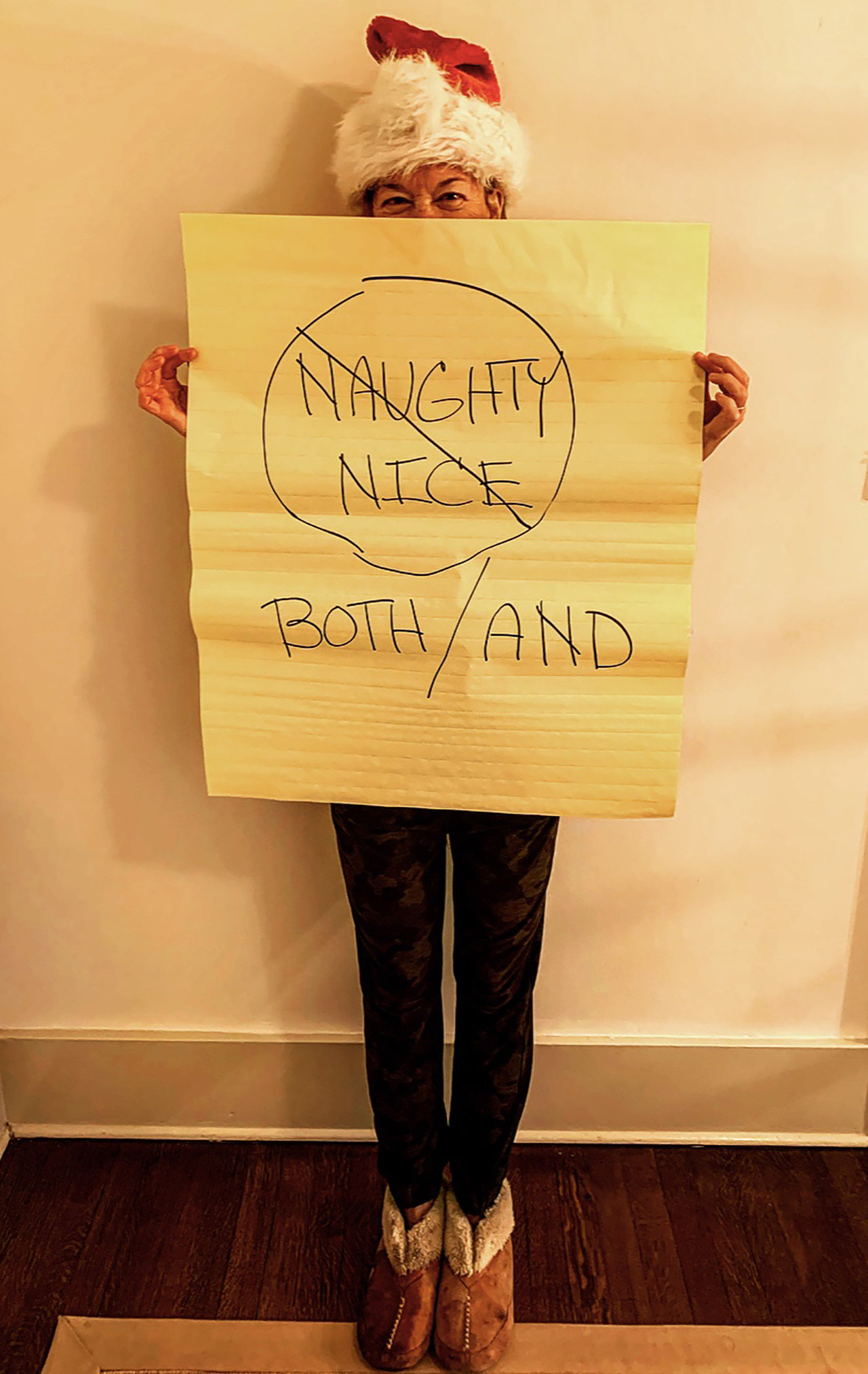
As has been exhaustively documented in recent weeks, I’m in a yoga training. During a recent “Yoga and Anti-Racism” segment we discussed the importance of sitting with the discomfort of both/and statements.
What is a both/and statement?
In this context, the example that was given was, “Someone can be both good to their kids and a racist.”
That’s hard, right? There’s a piece of the brain that thinks, “That doesn’t sound right…”
Want some other examples? Well, someone can be both kind to their friends and cruel to their loved ones. Someone can both support a political candidate you find baffling (at best) and still be worthy of respect.
“Sure…” You might be thinking, “Maybe… but, no. There’s something you’re missing, or I’m missing… How can one person hold these contradictions?”
The trouble you’re bumping into is that our brains are wired to judge, categorize, place things into boxes—otherwise there’s just s.o. m.u.c.h. This is why we thrive on right/wrong, do/don’t, hot/not lists… we’ve even given Santa a naughty or nice list.
We do it to make life easier and because sometimes it feels good to put people on our personal “naughty” list and un-friend/delete/block them.
The trouble with this is that the people on that list do have good qualities—everyone does—as well as the qualities we object to.
So, what should we do?
Unfortunately, there is no right or wrong way to proceed (Yep… sit with the discomfort of that.)
With each person, in each situation—in each moment—you will have to choose.
When that feels difficult, I try to remember—and hold on to—my favorite quote from Martin Buber,
“At each place, in each hour, in each act, in each speech the holy can blossom forth.”
So as you sit, look for the holy.
For more on the value of (trying) not to judge others, take a look at “Do the Next, Right Thing”
